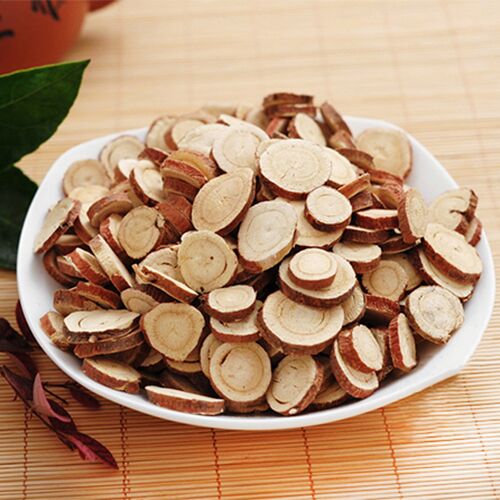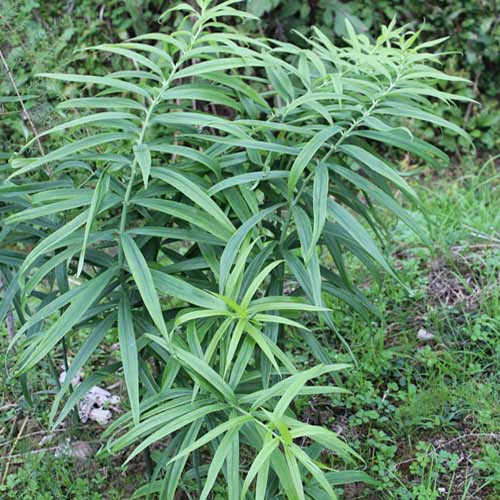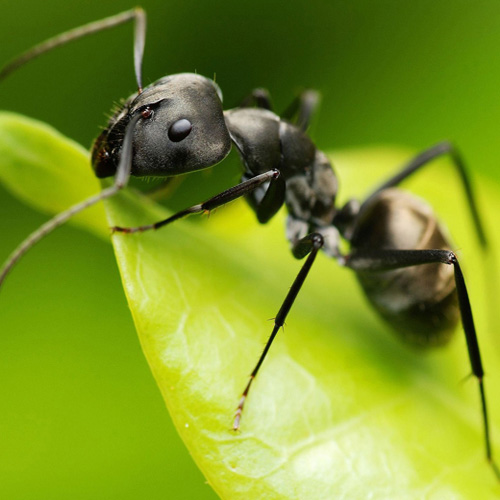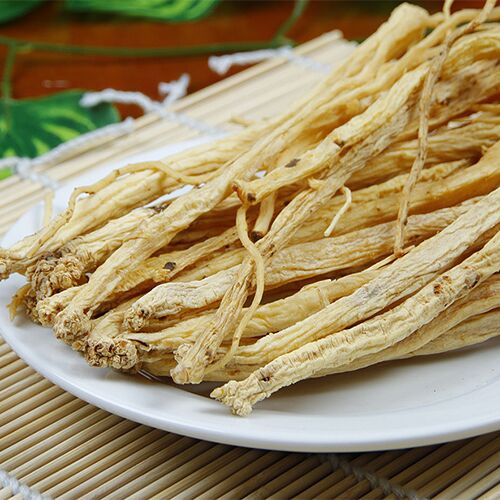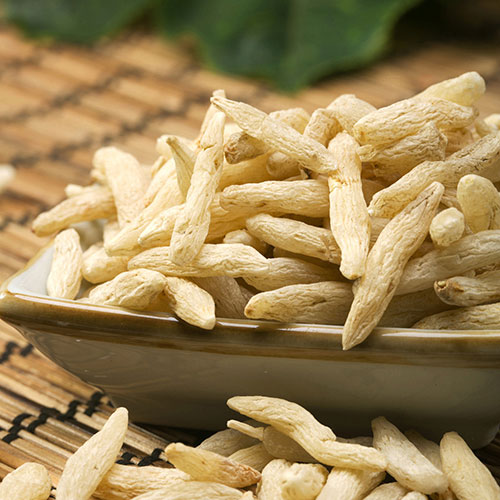- Chinese Name Gan Cao 甘草
- Latin Name Glycyrrhiza glabra L
- Other Names Radix Glycyrrhizae Preparata, Chinese Licorice Root
- Used Part Root
- Specification Powdered Extract
Licorice Root Extract Powder
Description
In Chinese herbalism, Licorice Root is at the top of the list with ginseng in importance for treating disease and insuring good health., Another name for Licorice in Chinese is “Guo Lao”, means “Teacher of the King”.
The Great Harmonizer & Detoxifier
In China, licorice is knows as “The great detoxifier”. Licorice is anti-inflammatory, antibacterial, antiviral, antioxidant and antispasmodic in nature. It is probably best known for it’s expectorant and demulcent activity. Licorice, for many years, has been an important ingredient in cough drops and syrup. It’s also beneficial for treating cold, flu and sore throat and any illness caused by virus or bacteria.
Licorice root is great for de-toxifing the body. It can remove over twelve hundred toxins. An astonishing number of Chinese herbal formulas (over 5,000) use licorice to sweeten teas and to “harmonize” contrasting herbs, to enhance the effects of the other herbs and reduce any bad side effects they may have.
In traditional Chinese medicine Gan-cao (licorice) is used in prescriptions for weak spleen and stomach energy, for coughs, sore throats, asthma, carbuncles, swelling with pain, sores with toxic matter, stomach ulcers, hepatitis, hysteria, and as a detoxicant for food or medicine poisoning, as well as to “mediate” or “harmonize” the poisonous character of toxic medicinal plants.
History of a healing superstar
Licorice root has been used since ancient Egyptian, Greek and Roman times in the West, and since the second and third centuries B.C. in the East. In traditional Chinese medicine, licorice is one of the most frequently used drugs. In Japan, the oldest specimen of licorice introduced from China in the middle of the 8th century still exists in the Imperial Storehouse.
In both East and West, licorice has been used to treat a variety of illnesses ranging from the common cold to liver disease. The herb is highly valued for its ability to sooth and coat inflamed membranes, and to act as an expectorant, getting rid of phlegm and mucus from the respiratory tract. It is particularly popular for relief from respiratory ailments such as allergies, bronchitis, colds, and sore throats. It is also used as treatment for acid reflux, heartburn and stomach ulcers, digestive tract inflammation, diseases of the skin, relief from stress, and diseases of the liver.
Health Benefits of Chinese Licorice root
Licorice root has a long history of use in traditional Chinese medicine and other medical systems for a diverse range of conditions. Among these including:
• Treat coughs, colds and flu
• Treat depression
• Weight loss
• Anti fatigue
• Treat body odor
• Assist the pancreas
• Treat bronchitis, emphysema, tuberculosis and asthma
• Treat dandruff and baldness
• Treat gingivitis and tooth decay
• Treat canker sores
• Treat viral and bacterial infections
• Treat skin conditions such as rash, eczema and shingles and psoriasis
• Treat fungal infections like athlete’s foot
• Treat heartburn and GERD
• Treat ulcers
• Treat liver problems
• Treat constipation
• Treat cancer
• Treat hepatitis
• Treat yeast infections
• Reduce PMS, hot flashes and mood swings
• Treat prostate enlargement
• Treat arthritis, bursitis, tendinitis and gout

